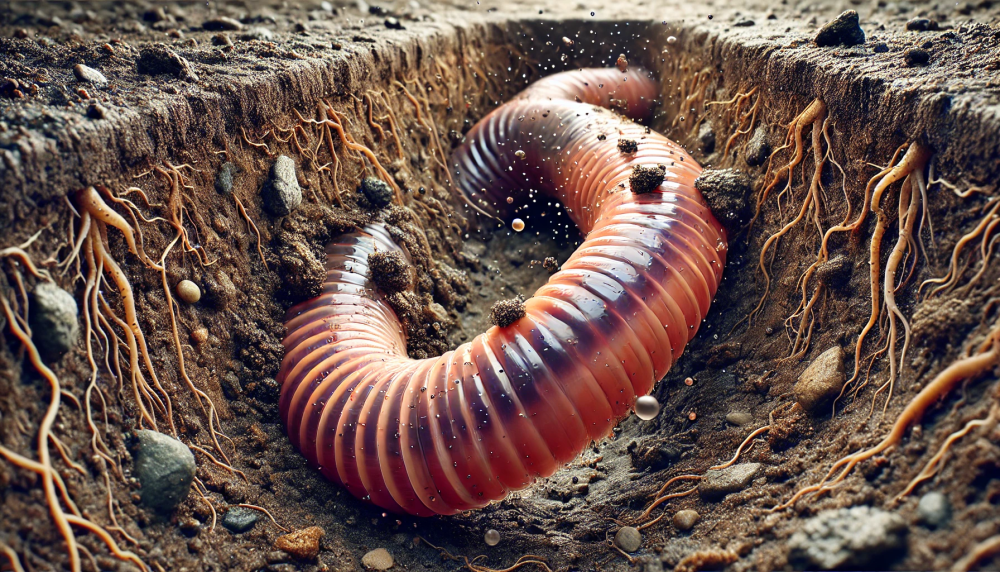The Fastest Animal? A Race Against Resistance
Glimpses of Wonder
We all know the answer, don’t we?
Ask almost anyone what the fastest animal is, and they’ll picture the cheetah  — legs pumping like pistons, spots blurring in the sun, dashing across the African plain at speeds up to 70 miles per hour (112 km/h). It’s raw power married to design: a flexible spine, non-retractable claws for grip, and enlarged nostrils to gulp down air. Every part of this animal seems fine-tuned for speed.
— legs pumping like pistons, spots blurring in the sun, dashing across the African plain at speeds up to 70 miles per hour (112 km/h). It’s raw power married to design: a flexible spine, non-retractable claws for grip, and enlarged nostrils to gulp down air. Every part of this animal seems fine-tuned for speed.
Now move from land to sea and observe the shortfin mako shark, widely recognized as the fastest of its kind. It reaches speeds up to 45 miles per hour (72 km/h) thanks to  a streamlined body, crescent-shaped tail, and tiny dermal denticles that reduce drag. Its form became the model for torpedo design — not the reverse. The mako’s efficiency in the water is a clear example of advanced biological engineering in the animal kingdom.
a streamlined body, crescent-shaped tail, and tiny dermal denticles that reduce drag. Its form became the model for torpedo design — not the reverse. The mako’s efficiency in the water is a clear example of advanced biological engineering in the animal kingdom.
So, line them up — the cheetah on land, the mako in the sea. Each dominates its realm, its movement a harmony of strength and purpose. But what if we compared them not just by raw speed, but by how well they overcome the resistance of their environment?
Air pushes back. So does water. Even the fastest creatures must push, slice, or leap their way forward.
But there’s one more contender. It doesn’t race. It doesn’t leap or glide. It doesn’t even surface.
It tunnels.
We rarely see them, but earthworms are quietly performing one of the most efficient movements in the animal kingdom. While a cheetah claws through air and a shark slices through water, the earthworm does something remarkable — it moves through solid ground. Not by brute force, but by design.
Earthworms don’t push the soil aside like a plow, nor do they slip through it like a swimmer through water. Instead, their segmented bodies compress and expand in rhythmic waves, while their skin secretes a slick mucus that softens and lubricates the soil around them. Each segment acts like a tiny piston, gripping, contracting, and releasing in perfect sequence. The result is not just movement — it’s transformation.
To put that in perspective: it would be like you or me moving through a wall of packed earth or concrete — not by smashing it, but by having it gently shift and open around us. Even the cheetah, with all its speed, would have to stop and dig to make any progress underground. A shark? Its sleek, hydrodynamic body would be utterly useless against the ocean floor — it would flounder in the sand, unable to burrow even a few inches.
That’s what makes the earthworm’s movement so extraordinary. It doesn’t just survive in soil — it was designed to glide through it.
They don’t force their way through the earth — they reshape it. Soil, unlike air or water, doesn’t naturally part and flow. But in the presence of an earthworm, it yields — not from speed, but from smart, persistent design.
In terms of harmony with their medium, earthworms may be the most efficient movers alive — not in distance per hour, but in how well they master their environment. Some species, like the Gippsland earthworm in Australia, can grow up to 10 feet (3 meters) in length. But even the smallest garden worm shares this incredible, divinely engineered ability.
Jehovah created each animal with astonishing purpose, but the earthworm teaches us something rare: that true efficiency doesn’t always come with noise or speed. Sometimes, the most remarkable creatures are the ones that move forward by inviting resistance to step aside.
As Psalm 104:24 beautifully reminds us:
“How many your works are, O Jehovah! You have made all of them in wisdom.”
Even the soil knows when to yield.
Edited by dljbsp
- Roxessence, Qapla and Tortuga
-
 2
2
-
 1
1

6 Comments
Recommended Comments
Join the conversation with your brothers and sisters!
You are posting as a guest. If you are already a member, sign in now to post with your existing account.
Note: Your post will require moderator approval before it will be visible.